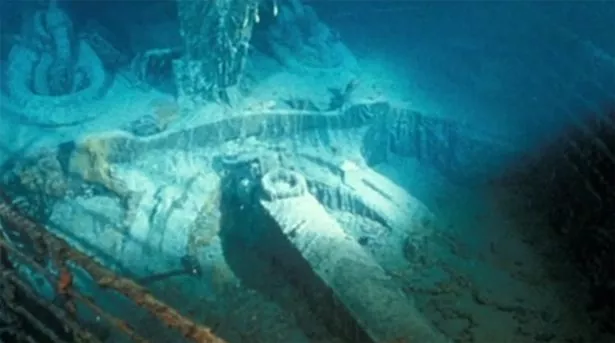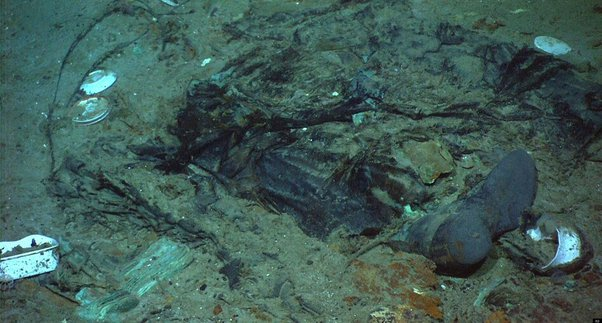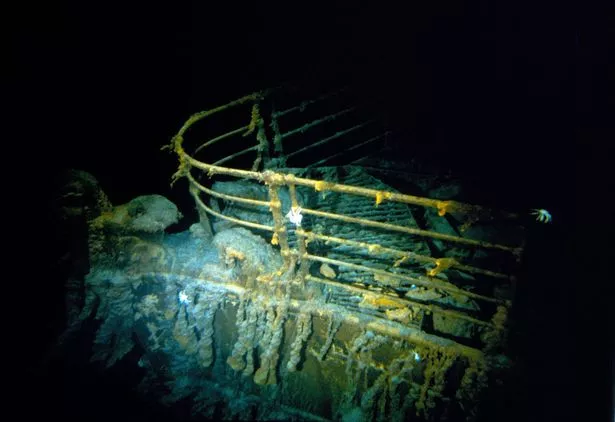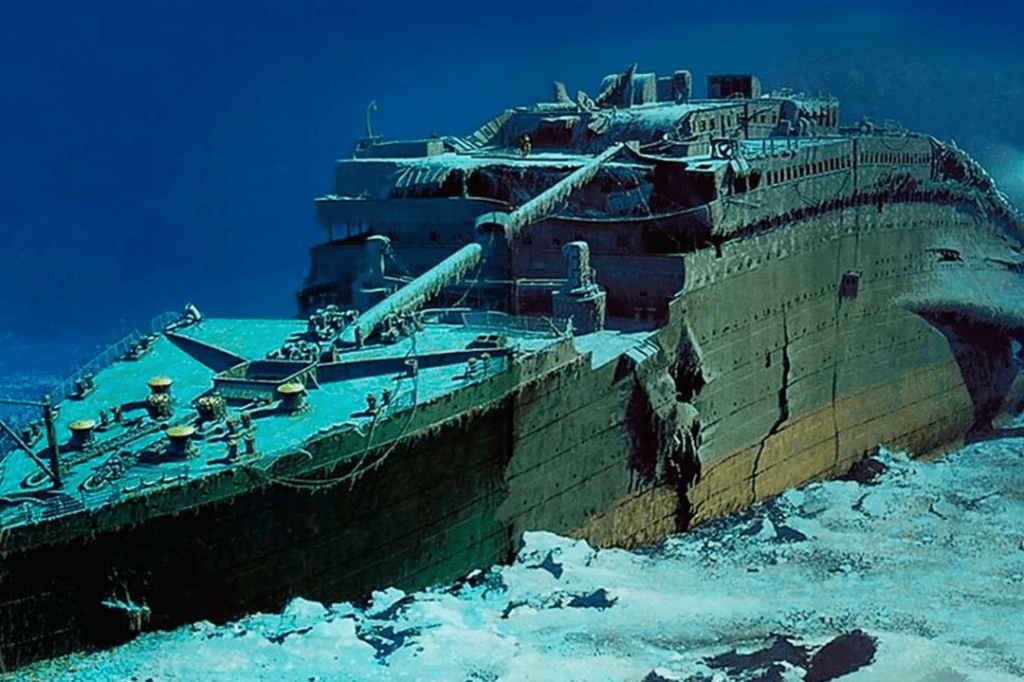The story of the Titanic has fascinated the world for over a century. The ship’s tragic sinking in 1912, claiming the lives of more than 1,500 people, remains one of the most haunting disasters in maritime history. Yet, one mystery about the Titanic wreck continues to perplex experts and casual observers alike: why are there no skeletons on the Titanic’s wreck site?
As exploration of the wreckage progresses, it has become apparent that there are no human remains visible, unlike what might be expected from such a massive loss of life. This article delves into the scientific and ethical reasons behind the absence of skeletons and explores the ongoing debates surrounding the preservation of the Titanic wreck.

Why Are There No Skeletons on the Titanic?
For many, the discovery that there are no skeletons on the Titanic’s wreck site is shocking. Given the enormity of the disaster and the number of people who perished, it seems reasonable to expect that human remains would still be present. However, the unique conditions of the Titanic’s final resting place, nearly 3,800 meters (12,500 feet) below the ocean’s surface, explain much of this mystery.
The Depths of the Ocean and Bone Dissolution
The Titanic rests in the cold, dark depths of the North Atlantic, far beneath the ocean’s surface. At this depth, the composition of seawater is a major factor in why human skeletons have not been preserved. Deep-sea explorer Robert Ballard, who discovered the wreck in 1985, has explained that the calcium carbonate in human bones dissolves in the ocean over time, especially in water that is undersaturated in calcium.
Calcium carbonate, a key component of bones, cannot remain stable in deep-sea water at these depths. Over the past century, the ocean has absorbed the bones, essentially dissolving them into the water. This phenomenon is a natural process, exacerbated by the specific conditions of the Titanic’s location.
Time and Environmental Factors
Another reason for the absence of skeletal remains is simply the passage of time. Over 110 years have passed since the Titanic sank, and during that time, the ocean’s currents, scavenging marine life, and the natural degradation processes have further eroded any evidence of human remains. The wreck itself has also decayed significantly, with large parts of the ship’s structure corroding and breaking down under the weight of the ocean.
Why Some Items Were Preserved While Bones Were Not
While bones have dissolved, some artifacts have been surprisingly well-preserved. For instance, pairs of shoes, luggage, and even personal items have been found scattered around the wreck. These objects, often made of leather or other durable materials, have withstood the test of time and the ocean’s harsh environment better than organic matter like bones.
These shoes, in particular, are a somber reminder that human remains were once present at the site, and they offer a glimpse into the personal lives of those who perished. The eerie sight of shoes lying together on the seafloor suggests where bodies once lay, now lost to time and the ocean’s chemistry.
Ethical Dilemmas: Should the Titanic Wreck Be Explored Further?

While the scientific reasons for the absence of skeletons are clear, the Titanic wreck continues to be a point of contention for historians, scientists, and even families of the victims. Some argue that the wreck should be left undisturbed as a memorial to those who lost their lives, while others believe that further exploration could offer more insights into the disaster.
Legal and Ethical Debates
One of the most heated debates concerns whether it is ethically appropriate to recover artifacts from the Titanic wreck. In recent years, there have been legal battles over proposed expeditions to retrieve iconic items like the Titanic’s radio equipment, sparking debates over whether this disturbs the sanctity of the site.
Some argue that the Titanic is not just a shipwreck, but a mass grave. Removing artifacts or disturbing the wreck could be seen as disrespectful to those who perished. On the other hand, historians and museums argue that preserving and studying these artifacts is crucial for keeping the Titanic’s story alive for future generations.
The Case for Further Exploration
There is also an argument to be made for continued exploration of the Titanic wreck. Some believe that further study could provide closure to the families of victims or reveal more details about the events of the sinking. Technological advancements in underwater exploration have made it possible to reach the wreck with less invasive techniques, offering a compromise between preserving the site and learning from it.
The Scientific Challenges of Exploring the Titanic Wreck
Exploring the Titanic’s depths is no easy feat. The shipwreck lies in the abyssal zone of the ocean, an area characterized by crushing pressures, freezing temperatures, and complete darkness. Even with modern technology, expeditions to the Titanic are both costly and risky.

Deep-Sea Exploration Limits
Navigating the wreck is a major challenge. The Titanic has been deteriorating over time, with some parts of the ship collapsing entirely. These fragile conditions make it difficult for submersibles to explore certain areas of the wreck without causing further damage. Additionally, the presence of rusticles (iron-eating bacteria) has contributed to the ship’s ongoing decay, adding another layer of complexity to deep-sea exploration.
Despite these limitations, there remains a strong desire to continue exploring the Titanic, especially to uncover any hidden human remains or additional artifacts that could provide new insights into the disaster.
Why There Are Still Unanswered Questions
While the lack of skeletons can be explained by the ocean’s chemistry and the passage of time, the Titanic’s wreckage continues to hold unanswered questions. Could remains still exist deep within the ship’s interior, protected from the elements? Some believe that the Titanic’s internal compartments may still house human remains, offering an opportunity for further discovery.

However, these possibilities are balanced by the ethical considerations of disturbing what many see as a final resting place. The debate between exploration and preservation remains ongoing, as experts weigh the value of learning more about the Titanic against the need to respect the site.
Conclusion: The Titanic’s Legacy and the Ongoing Mystery
The Titanic remains one of the most iconic shipwrecks in history, and the absence of human remains at the site adds to the mystery surrounding the disaster. While science offers explanations for why skeletons have disappeared, the wreck continues to be a symbol of tragedy and loss. The debate over whether to explore the site further or leave it undisturbed reflects our collective desire to honor those who died while also uncovering more about this historic event.
Regardless of where the discussions lead, the Titanic’s legacy endures, not just as a shipwreck, but as a powerful reminder of human vulnerability and the enduring quest for answers.


